Home>Interior Design>These 5 Living Room Colors Will Fall Out Of Fashion In 2024
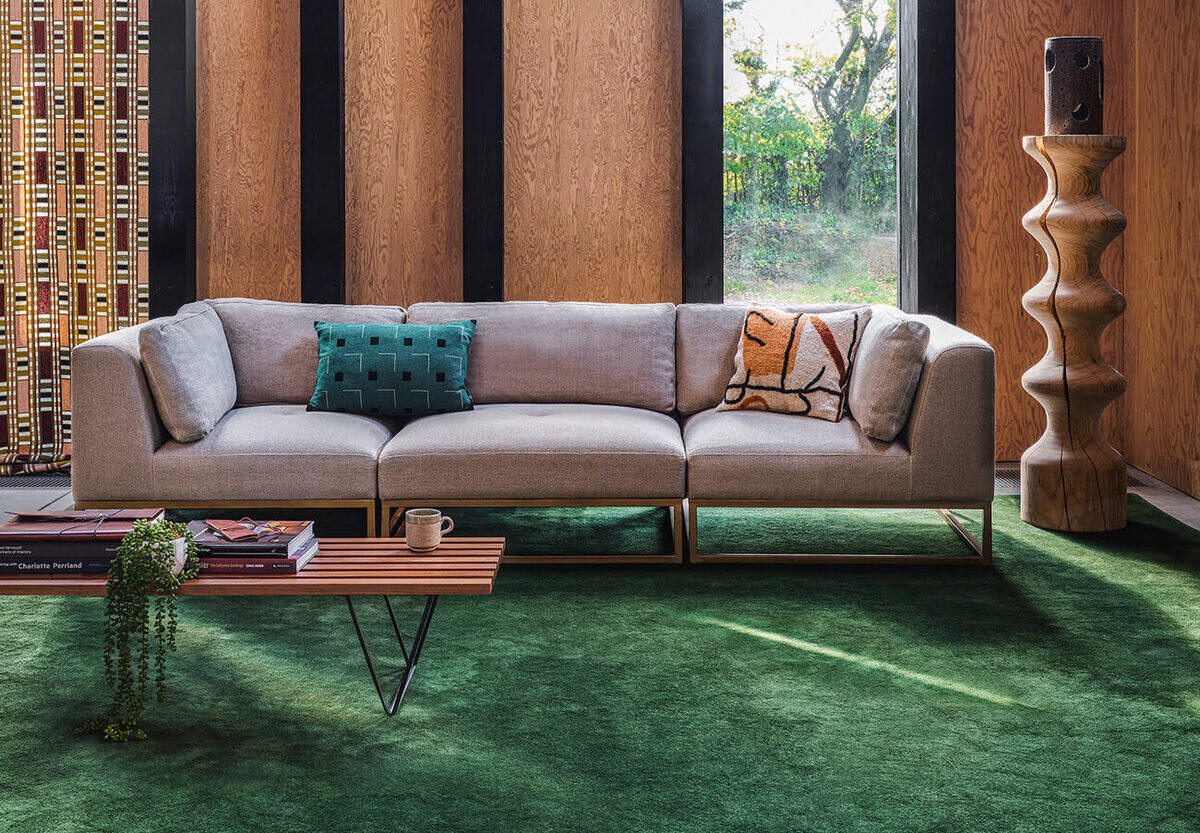

Interior Design
These 5 Living Room Colors Will Fall Out Of Fashion In 2024
Modified: January 7, 2024
Stay ahead of interior design trends with this list of 5 living room colors that will lose popularity in 2023. Keep your space fresh and stylish!
(Many of the links in this article redirect to a specific reviewed product. Your purchase of these products through affiliate links helps to generate commission for Storables.com, at no extra cost. Learn more)
Introduction
The world of interior design is a dynamic and ever-changing landscape, influenced by numerous factors such as cultural shifts, technological advancements, and emerging trends. One of the key aspects that can dramatically transform the look and feel of a living space is the choice of colors. Just like fashion trends, colors in interior design also go in and out of style.
As we approach the year 2023, it is important for homeowners and interior design enthusiasts to stay up-to-date with the latest color trends. This article aims to highlight five living room colors that are predicted to fall out of fashion in the coming year.
By understanding the reasons behind the decline in popularity of certain colors, you can make informed decisions when it comes to selecting the right color scheme for your living room. So, let’s delve into the world of color trends and explore why these particular shades are expected to take a back seat in 2023.
Key Takeaways:
- In 2023, muted beige, pastel pink, mustard yellow, bold turquoise, and earthy olive green are expected to fall out of fashion due to factors such as overexposure, changing tastes, and the influence of interior design trends.
- The decline of these living room colors signifies a shift towards more vibrant, diverse, and timeless color choices, reflecting a growing appetite for individuality and exploration in interior design.
Color Trend Forecasts
Color trend forecasting is a meticulous process that involves analyzing market research, consumer behavior, cultural influences, and the creative input of design experts. These forecasts help designers, decorators, and homeowners to stay ahead of the curve and create spaces that reflect current tastes and preferences.
When it comes to living room colors, leading trend forecasters such as Pantone, Sherwin-Williams, and Benjamin Moore take into account various factors to predict the shades that will dominate the interior design scene in the upcoming year. These forecasts are based on extensive research, industry insights, and an understanding of the collective mood and desires of consumers.
Each year, these forecasters unveil their Color of the Year, which serves as a guiding principle for designers and homeowners alike. Other color palettes and combinations are also suggested to complement the chosen shade and reflect the overall mood of the year.
While some colors remain popular for several years, others go in and out of fashion relatively quickly. It is important to keep in mind that color trends are not set in stone and can vary from region to region and even among different demographic groups.
Now, let’s explore the reasons why certain colors fall out of fashion and make way for new and exciting shades in the interior design world.
Why Colors Fall Out of Fashion
Colors, just like any other trend, can fall out of fashion due to a variety of reasons. Understanding these factors can help you make informed decisions when selecting color schemes for your living room. Here are a few reasons why certain colors may lose their popularity:
1. Overexposure: When a color becomes too mainstream and saturates the market, it can quickly lose its appeal. Seeing the same shade in multiple homes, stores, and design magazines can make it feel tired and repetitive.
2. Changing Tastes: People’s tastes and preferences are constantly evolving. What may be trendy and appealing today may not be as desirable tomorrow. As new design styles, cultural influences, and lifestyle choices emerge, people seek different colors to reflect their personal style and express their individuality.
3. Design Fatigue: Colors that have been dominant for an extended period can lead to design fatigue. People may grow tired of seeing the same colors everywhere and crave something fresh and new.
4. Seasonal and Cyclical Trends: Colors often follow seasonal and cyclical trends. Certain shades may be more popular during specific times of the year or in certain design styles. As seasons change and new trends emerge, the demand for different colors also shifts.
5. Technological and Cultural Influences: Advancements in technology and shifts in popular culture can greatly impact color trends. For example, the rise of social media and digital platforms has influenced the popularity of more vibrant and attention-grabbing colors that photograph well and create striking visuals on screens.
6. Association and Symbolism: Colors can evoke different emotions and have symbolic meanings. As societal attitudes and values change, certain colors may become less desirable due to negative connotations or simply falling out of favor.
By understanding these factors, you can appreciate why certain colors may decline in popularity. Now, let’s explore five living room colors that are expected to fall out of fashion in 2023.
The Influence of Interior Design Trends
Interior design trends play a significant role in shaping color preferences and choices for living spaces. These trends are influenced by a variety of factors, including cultural shifts, global events, technological advancements, and the overall mood and desires of consumers. Understanding the influence of these trends can provide valuable insights into why certain colors may fall out of fashion.
1. Design Styles: Different design styles have their own color palettes and aesthetic preferences. For example, minimalist and Scandinavian designs often incorporate neutral tones like whites, grays, and beiges, while bohemian and eclectic styles are known for their vibrant and eclectic color schemes. As design styles evolve and new ones emerge, color preferences shift accordingly.
2. Sustainable and Eco-Friendly Design: With increasing awareness of environmental issues, there is a growing demand for sustainable and eco-friendly design. This shift towards more eco-conscious choices often translates into a preference for earthy tones, natural materials, and organic color palettes inspired by nature.
3. Wellness and Biophilic Design: The focus on wellness and creating spaces that promote well-being has gained significant momentum in recent years. Biophilic design, which integrates nature into indoor spaces, has become a popular trend. As a result, colors inspired by the natural world, such as greens, blues, and earthy tones, have gained popularity.
4. Global Events and Cultural Influences: Global events and cultural shifts can also impact interior design trends. For instance, the COVID-19 pandemic has brought about a greater emphasis on creating comforting and cocooning spaces, leading to a rise in soothing and comforting color palettes.
5. Fashion and Art: The worlds of fashion and art often influence interior design trends. Color trends in fashion collections and the art world can be a precursor to what will be popular in interior design. Colors that are seen on fashion runways and in art exhibitions tend to trickle down into home decor choices.
By understanding the influence of these interior design trends, you can gain insights into why certain colors may become less popular. Let’s now explore specific living room colors that are predicted to fall out of fashion in 2023.
Living Room Color #1: Muted Beige
Muted beige, a soft and neutral color, has been a staple in living room designs for many years. Its versatility and ability to create a calming and subtle backdrop have made it a popular choice among homeowners. However, this color is expected to fall out of fashion in 2023. Let’s delve into the reasons behind this trend.
One of the key reasons muted beige is losing its allure is because of its overexposure. It has been the go-to neutral color for countless living rooms, resulting in a sense of monotony and predictability. As more homeowners seek unique and distinctive color schemes that reflect their personal style, there is a desire to move away from the ubiquitous nature of muted beige.
Additionally, cultural shifts towards bolder, more expressive colors have influenced design trends. People are now more inclined to incorporate vibrant shades and experiment with different color palettes to make a statement and infuse their living spaces with personality and energy.
Another factor contributing to the decline of muted beige is the rise of design styles that favor contrasting colors and dramatic accents. Contemporary and modern designs, for example, often incorporate bold pops of color to create visual interest and focal points within a room. Muted beige, with its understated nature, may struggle to compete with these more attention-grabbing hues.
That being said, it’s important to note that neutral colors will always have a place in interior design. However, the shift is towards warmer and more inviting neutrals, such as creamy whites, warm grays, and earthy tones. These colors provide a similar sense of softness and versatility while offering a refreshing change from the well-worn path of muted beige.
Ultimately, the move away from muted beige in 2023 signifies a broader trend of embracing more vibrant and diverse color choices in living room designs. As homeowners seek to infuse their spaces with individuality and create unique experiences, the timeless yet predictable nature of muted beige may no longer suffice.
Stay tuned as we explore the next living room color predicted to fall out of fashion in 2023.
Consider opting for timeless and versatile neutrals like white, beige, or gray for your living room walls and furniture. These colors are less likely to go out of fashion and can easily be updated with accessories.
Living Room Color #2: Pastel Pink
Pastel pink has long been associated with femininity, softness, and a touch of whimsy. It has been a popular choice for living room decor, especially in spaces aimed at creating a cozy and romantic ambiance. However, pastel pink is predicted to fall out of fashion in 2023. Let’s delve into the reasons behind this shift in color preference.
One of the main reasons pastel pink is losing its popularity is due to a change in design trends and a desire for more gender-neutral color schemes. As interior design evolves, there is an increasing emphasis on creating inclusive and gender-neutral spaces. Homeowners are opting for colors that appeal to a wider range of tastes and preferences, moving away from traditional gender stereotypes.
Furthermore, the overexposure of pastel pink in recent years has contributed to a sense of saturation and predictability. With an influx of pink-themed interiors, the color can feel repetitive and lack the freshness that once made it appealing.
Another factor impacting the decline of pastel pink is the emergence of bolder and more vibrant colors in interior design. Designers and homeowners are becoming more adventurous, incorporating rich jewel tones, deep blues, and earthy greens to create impact and visual intrigue. These bold hues, in contrast to the softness of pastel pink, make a strong statement and offer a new level of excitement to living room spaces.
It’s important to note, however, that pastel pink will still have its place in certain design styles and personal preferences. For those who appreciate its gentle and serene nature, it can still be incorporated effectively in accents, textiles, and accessories within a living room. Pairing pastel pink with contrasting colors can also add depth and interest.
As we move towards 2023, living room color trends are shifting towards dynamic and versatile palettes that reflect individuality and a sense of boldness. While pastel pink may take a step back, it doesn’t diminish its charm or the memories it evokes. Rather, it signals a new era of exploration and experimentation with color choices to create living spaces that truly resonate with personal style.
Stay tuned for the next living room color that is expected to transition out of fashion in 2023.
Living Room Color #3: Mustard Yellow
Mustard yellow, a warm and vibrant hue reminiscent of the condiment it derives its name from, has been a popular choice for adding a pop of color and energy to living room spaces. However, in 2023, mustard yellow is predicted to fall out of fashion. Let’s explore the reasons behind this shift in color preference.
One of the main contributing factors to the decline of mustard yellow is its saturation in the market. In recent years, this bold shade has become increasingly prevalent in interior design, making it feel less unique and more commonplace. The abundance of mustard yellow in various decor items, from furniture to textiles, has led to a sense of oversaturation and a desire for fresh, less familiar color choices.
Additionally, design trends are gravitating towards a more subdued and relaxed color palette. Soft and calming neutrals, such as warm grays and earthy tones, are gaining popularity for creating soothing and tranquil living spaces. These softer hues provide a sense of serenity and versatility, allowing for easier coordination with a variety of furnishings and decor styles.
Moreover, mustard yellow can be a challenging color to incorporate into a cohesive design scheme. Its boldness can overpower other elements in the room, making it difficult to strike a balanced and harmonious look. This limitation may have contributed to the shift away from mustard yellow in favor of more adaptable and versatile color choices.
That being said, it’s important to note that while mustard yellow may be decreasing in popularity as a dominant color choice, it can still be used effectively as an accent color or in small doses to add vibrancy and visual interest to a living room. Pairing mustard yellow with neutral tones or complementary shades can create a visually appealing and balanced design.
As interior design trends continue to evolve, it’s natural for certain colors like mustard yellow to experience shifts in popularity. This transition presents an opportunity for exploring new and emerging color palettes that reflect personal style and current design preferences. So, if you’re looking to freshen up your living room, consider exploring alternative color options and experimenting with different combinations.
Stay tuned as we explore the next living room color predicted to fall out of fashion in 2023.
Living Room Color #4: Bold Turquoise
Bold turquoise, a vibrant and eye-catching shade, has been a popular choice for adding a pop of color and a sense of energy to living room spaces. However, in 2023, bold turquoise is predicted to fall out of fashion. Let’s delve into the reasons behind this shift in color preference.
One of the main factors contributing to the decline of bold turquoise is the changing design trends. In recent years, there has been a shift towards more muted and natural color palettes, with a focus on creating calming and soothing interiors. The boldness of turquoise can sometimes overpower a space and create a visually overwhelming effect, which may not align with the desire for serene and relaxing living areas.
Another reason for the decline in popularity of bold turquoise is the desire for more timeless color choices. While bold and vibrant colors can be exciting and attractive, they may also carry a risk of becoming dated or out of style over time. Homeowners are increasingly opting for more classic and enduring color schemes that can withstand changing trends and stand the test of time.
Furthermore, the versatility of neutral colors has played a role in the decline of bold turquoise. Neutrals like whites, grays, and beiges provide a blank canvas that allows for easier coordination with different design elements and furniture styles. This versatility makes neutral colors a popular choice for creating spaces that are adaptable to evolving personal tastes and design trends.
However, it’s important to note that bold turquoise can still find its place in interior design. When used strategically and in moderation, it can add a vibrant and striking accent to living room spaces. Pairing bold turquoise with neutrals or complementary colors can create a visually balanced and harmonious look.
As trends evolve, it’s natural for certain colors to experience shifts in popularity. While bold turquoise may see a decline in its dominance, it doesn’t diminish its appeal entirely. Instead, it presents an opportunity to explore new and emerging color palettes that reflect personal style and current design preferences.
Stay tuned as we explore the next living room color predicted to fall out of fashion in 2023.
Living Room Color #5: Earthy Olive Green
Earthy olive green, a rich and natural hue inspired by the color of olives, has been a popular choice for creating a calming and organic atmosphere in living room spaces. However, in 2023, olive green is predicted to fall out of fashion. Let’s take a closer look at the reasons behind this shift in color preference.
One of the factors contributing to the decline of earthy olive green is the emergence of fresh and vibrant color palettes. In recent years, there has been a growing desire to infuse living spaces with energy and brightness. This has led to a shift towards colors like warm yellows, vivid blues, and nature-inspired tones that create a sense of vitality and playfulness in the room.
Furthermore, the overuse of earthy olive green in various design applications may have contributed to a sense of saturation and predictability. Seeing the same color in multiple homes and commercial spaces can make it feel less exciting and less unique. As a result, homeowners are turning to alternative colors that offer a sense of originality and personal expression.
Another reason for the declining popularity of olive green is the preference for lighter and more neutral color schemes. Soft and airy color palettes have gained traction in interior design, providing a sense of openness and tranquility. Neutral shades like whites, beiges, and pale grays have become a popular choice for creating a versatile backdrop that allows for easy integration of different design elements and furniture styles.
However, it’s worth noting that while olive green may be transitioning out of fashion as a dominant color choice, it can still be used effectively as an accent color or in smaller doses to add depth and richness to a living room space. Pairing olive green with complementary colors like warm earth tones or contrasting hues can create an interesting and visually appealing combination.
As interior design trends continue to evolve, it’s natural for certain colors to experience shifts in popularity. This transition presents an opportunity for exploring new and emerging color palettes that reflect personal style and current design preferences. So, if you’re looking to refresh your living room, consider exploring alternative color options that resonate with your unique aesthetic vision.
Thank you for joining us on this exploration of living room colors expected to fall out of fashion in 2023. Stay tuned for more insights and inspiration in the world of interior design.
Conclusion
The world of interior design is constantly evolving, and color trends play a significant role in shaping the aesthetics and ambiance of living spaces. As we approach 2023, it’s essential to stay informed about the colors that are predicted to fall out of fashion in the coming year.
In this article, we explored five living room colors: muted beige, pastel pink, mustard yellow, bold turquoise, and earthy olive green. While these colors have been popular choices in the past, they are expected to transition out of fashion for various reasons.
The decline of these colors can be attributed to factors such as overexposure, changing tastes, design fatigue, and the influence of interior design trends. Cultural shifts, technological advancements, and emerging design styles all play a role in shaping color preferences and encouraging the adoption of new and exciting hues.
While these colors may be losing their dominance, it’s important to recognize that personal style and individual preferences should always guide the choices we make in designing our living spaces. The predicted decline of these colors simply suggests a shift in collective taste and a growing appetite for alternative color choices.
As homeowners and design enthusiasts, it’s helpful to stay attuned to the pulse of color trends and understand the reasons behind the decline of certain shades. This knowledge enables us to make informed decisions and create living spaces that reflect our personal style, while also staying ahead of the curve and embracing new and emerging color palettes.
Whether you’re considering a living room makeover or simply looking to refresh the colors in your space, remember to explore a wide range of options, experiment with different combinations, and choose colors that resonate with your unique vision and aesthetic sensibilities.
Thank you for joining us on this journey through the anticipated color transitions in the world of interior design. Stay inspired and embrace the beauty of evolving styles and color choices as you create your perfect living room.
Frequently Asked Questions about These 5 Living Room Colors Will Fall Out Of Fashion In 2024
Was this page helpful?
At Storables.com, we guarantee accurate and reliable information. Our content, validated by Expert Board Contributors, is crafted following stringent Editorial Policies. We're committed to providing you with well-researched, expert-backed insights for all your informational needs.
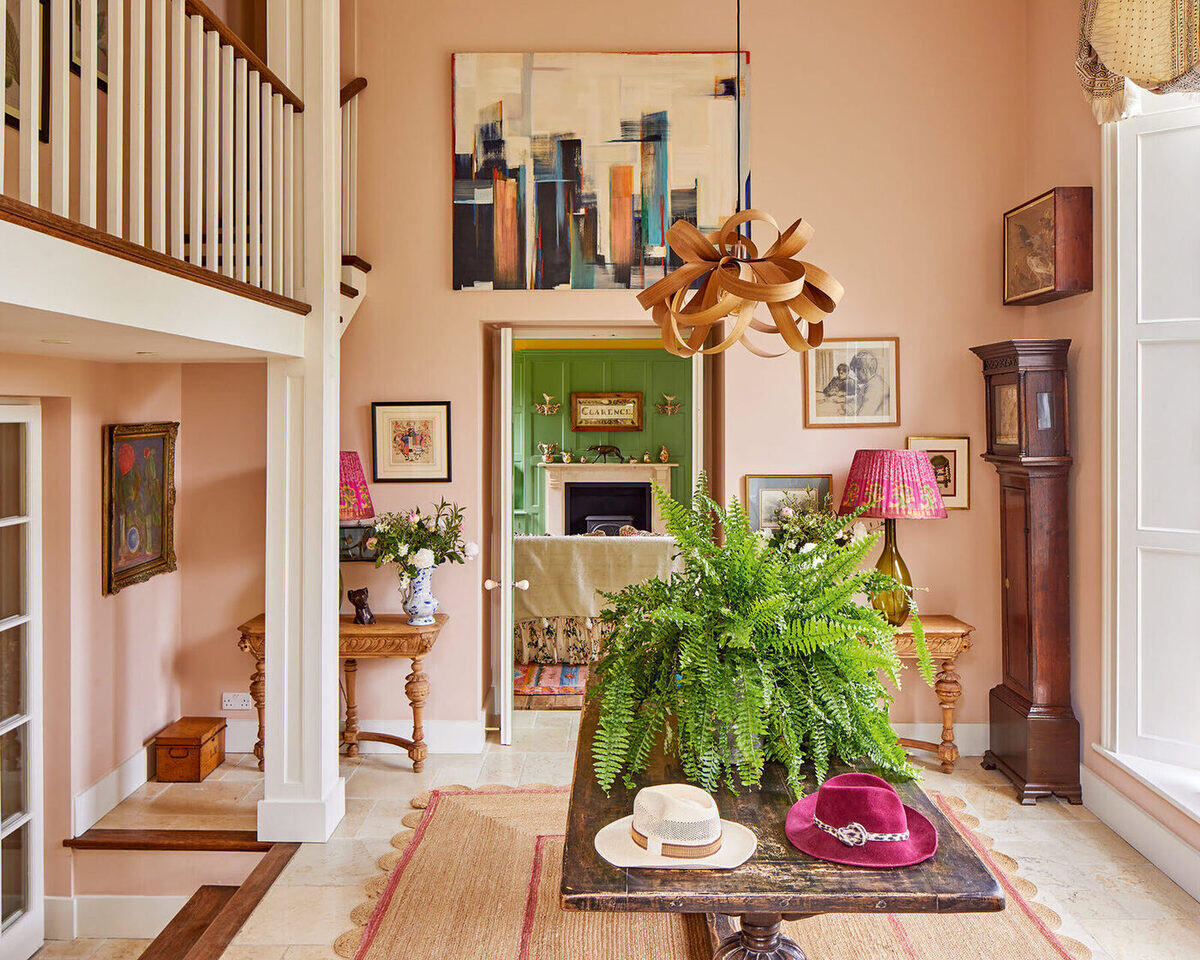
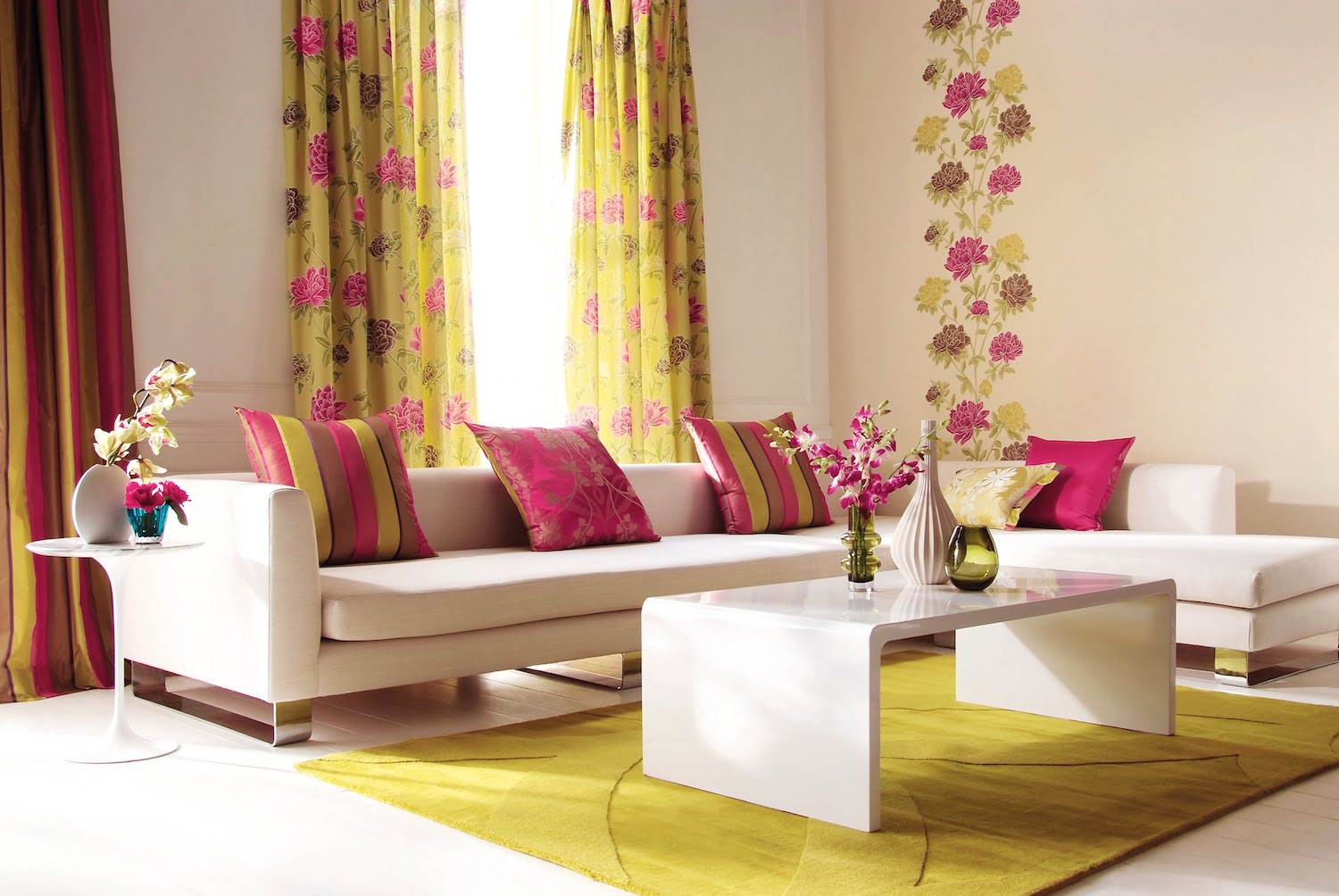
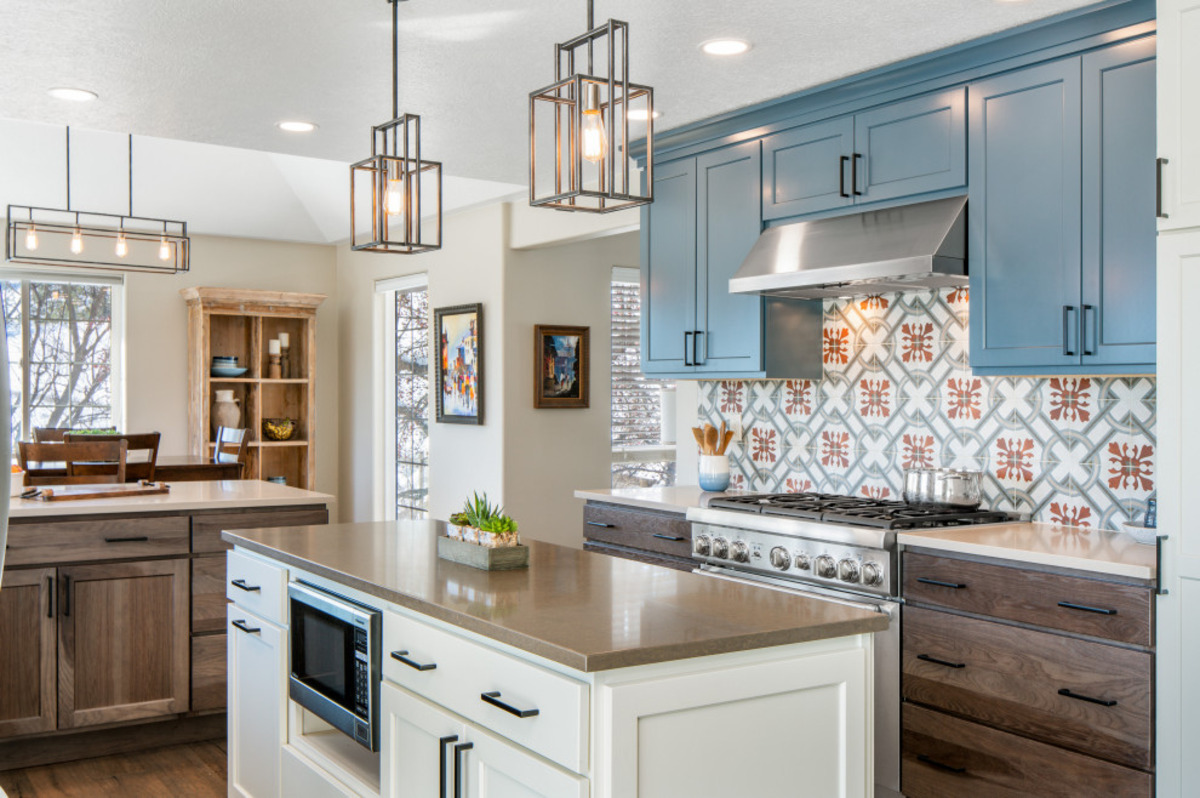
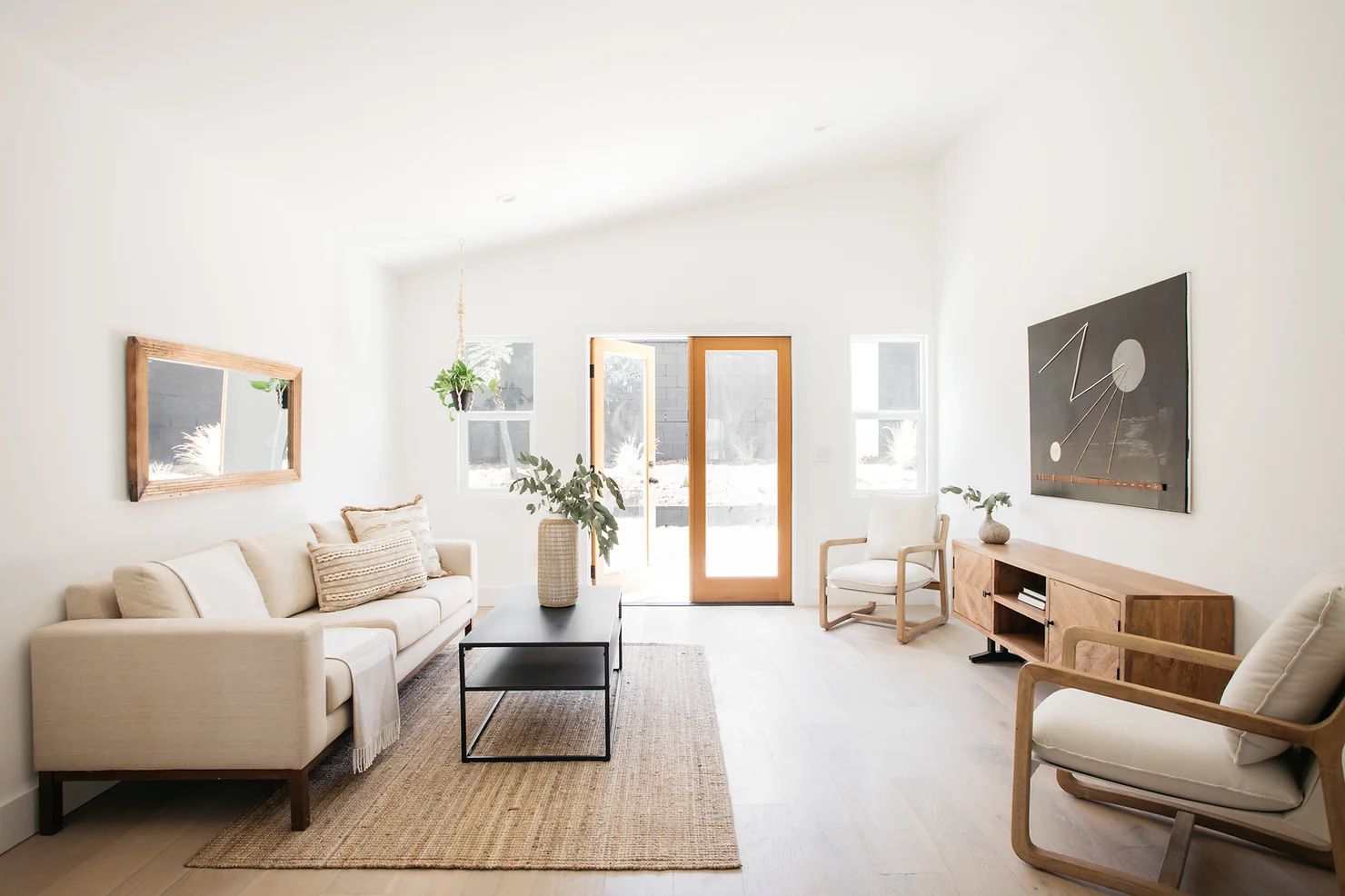
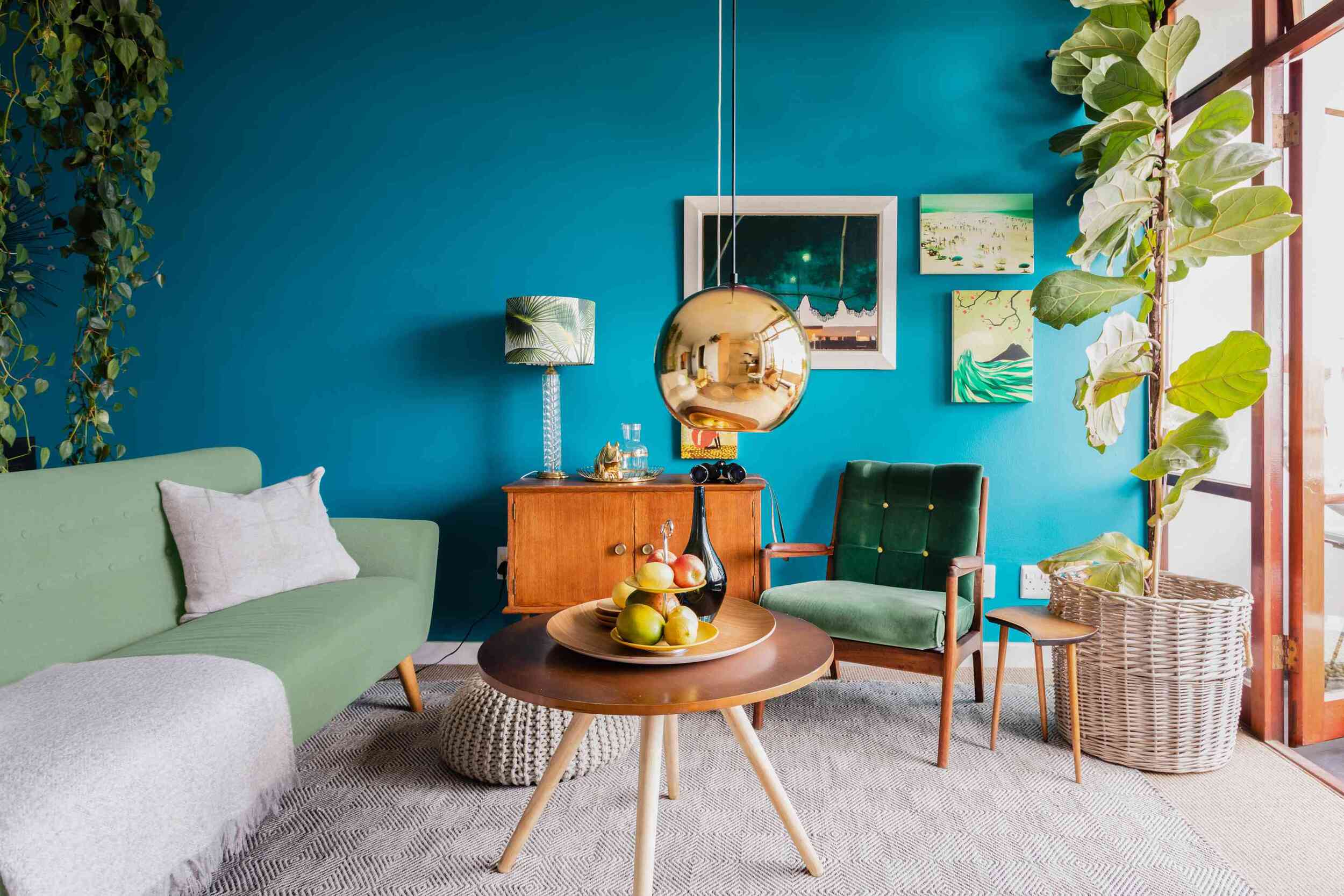
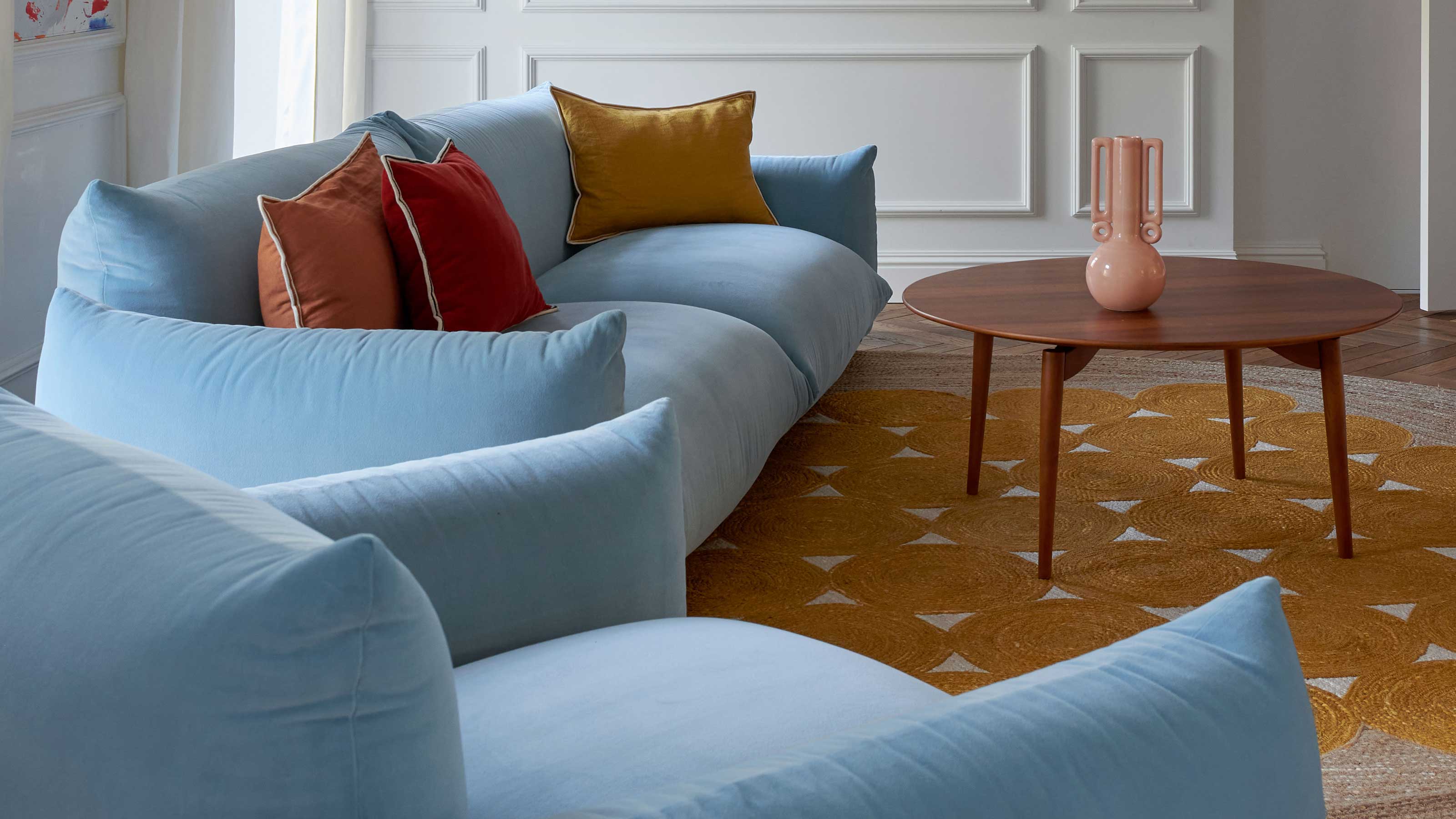
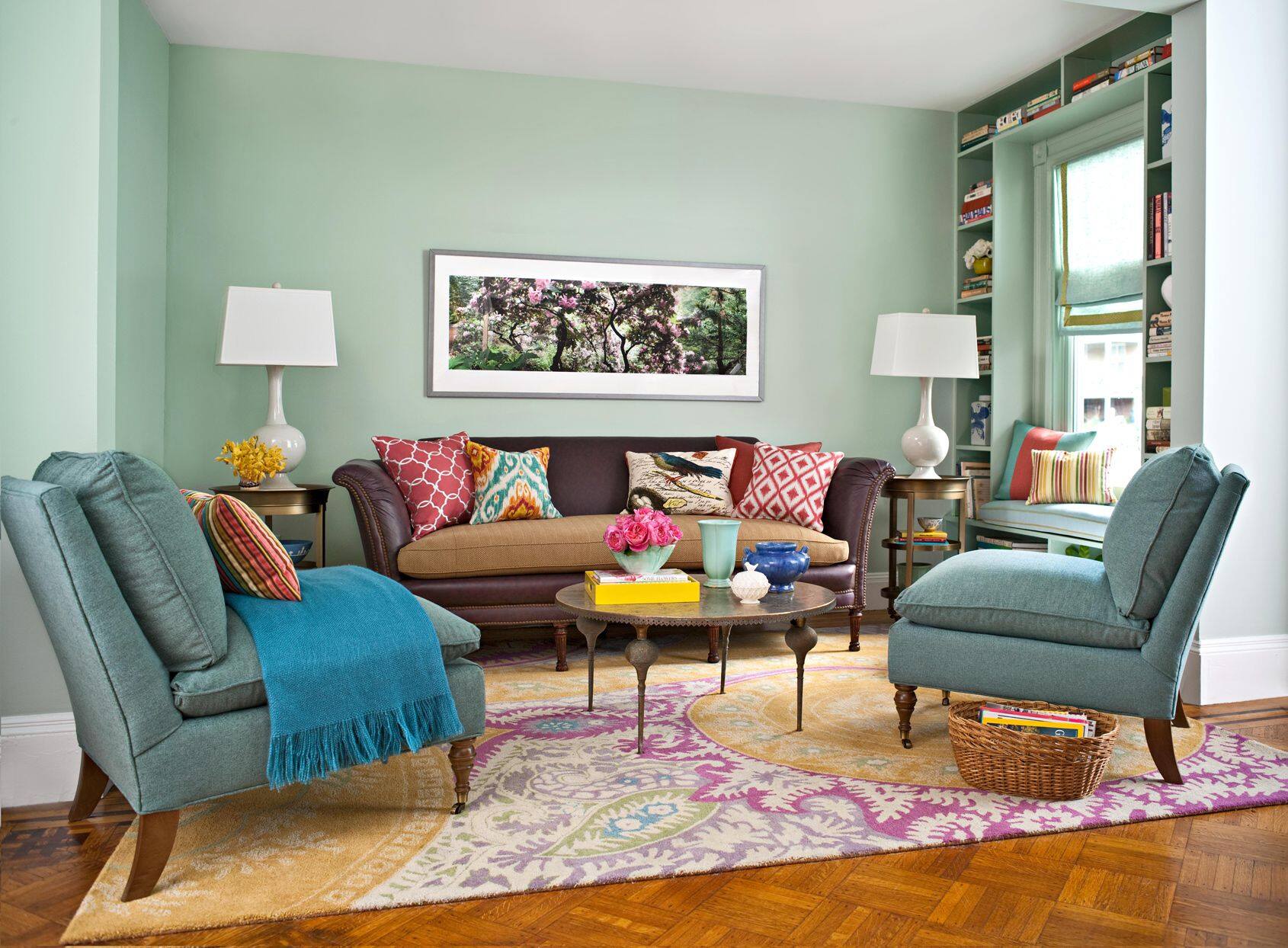
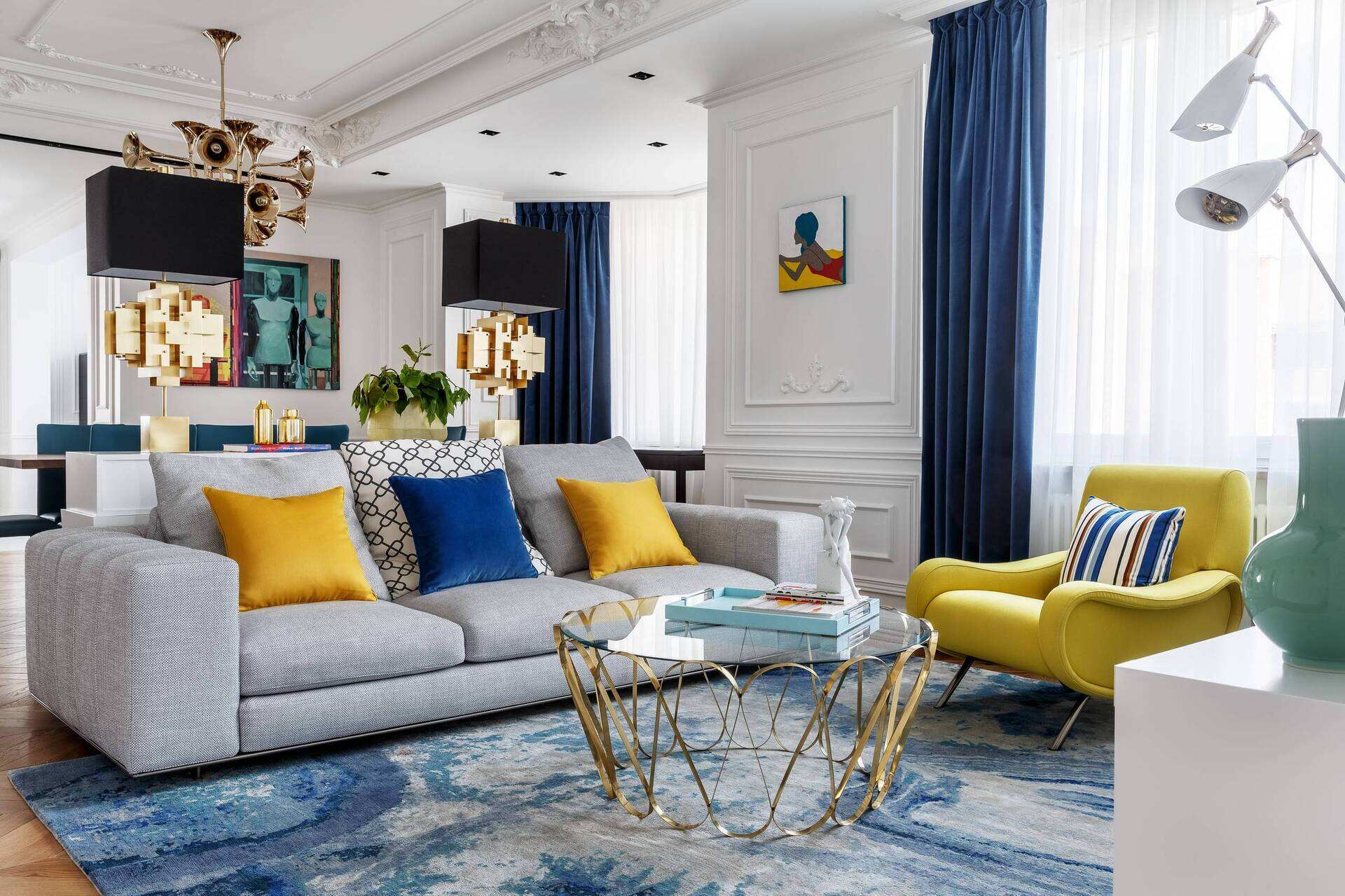
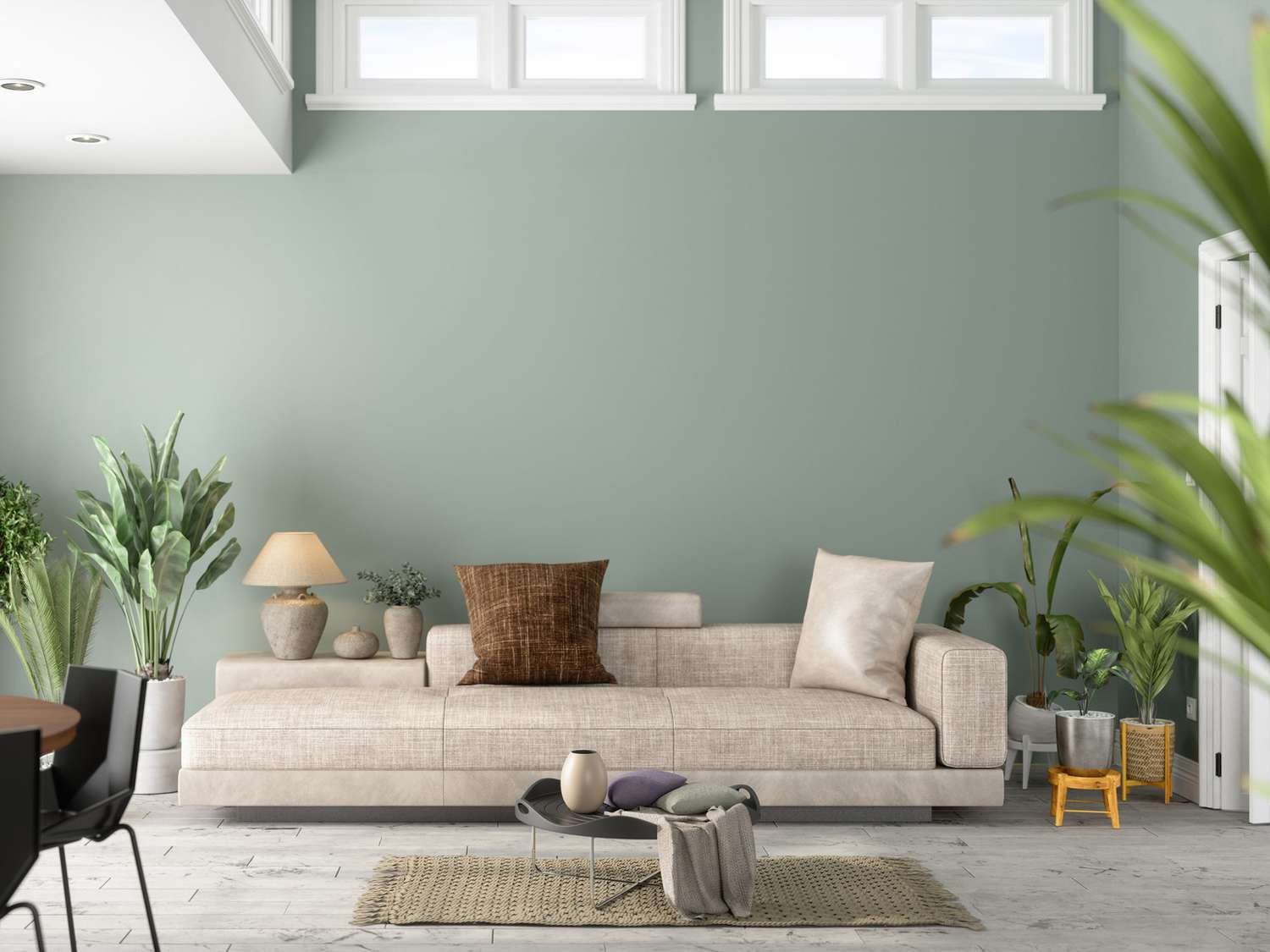
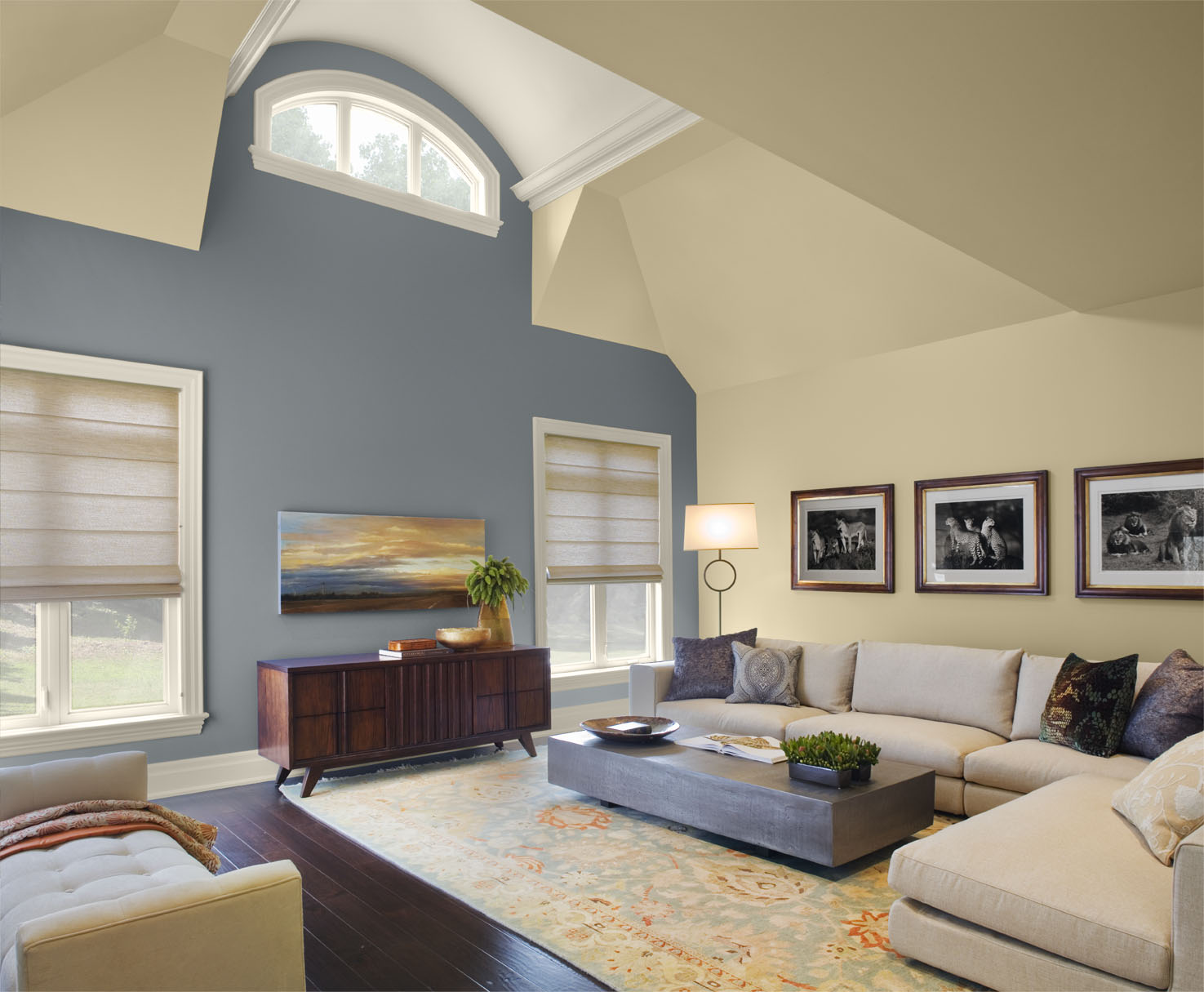
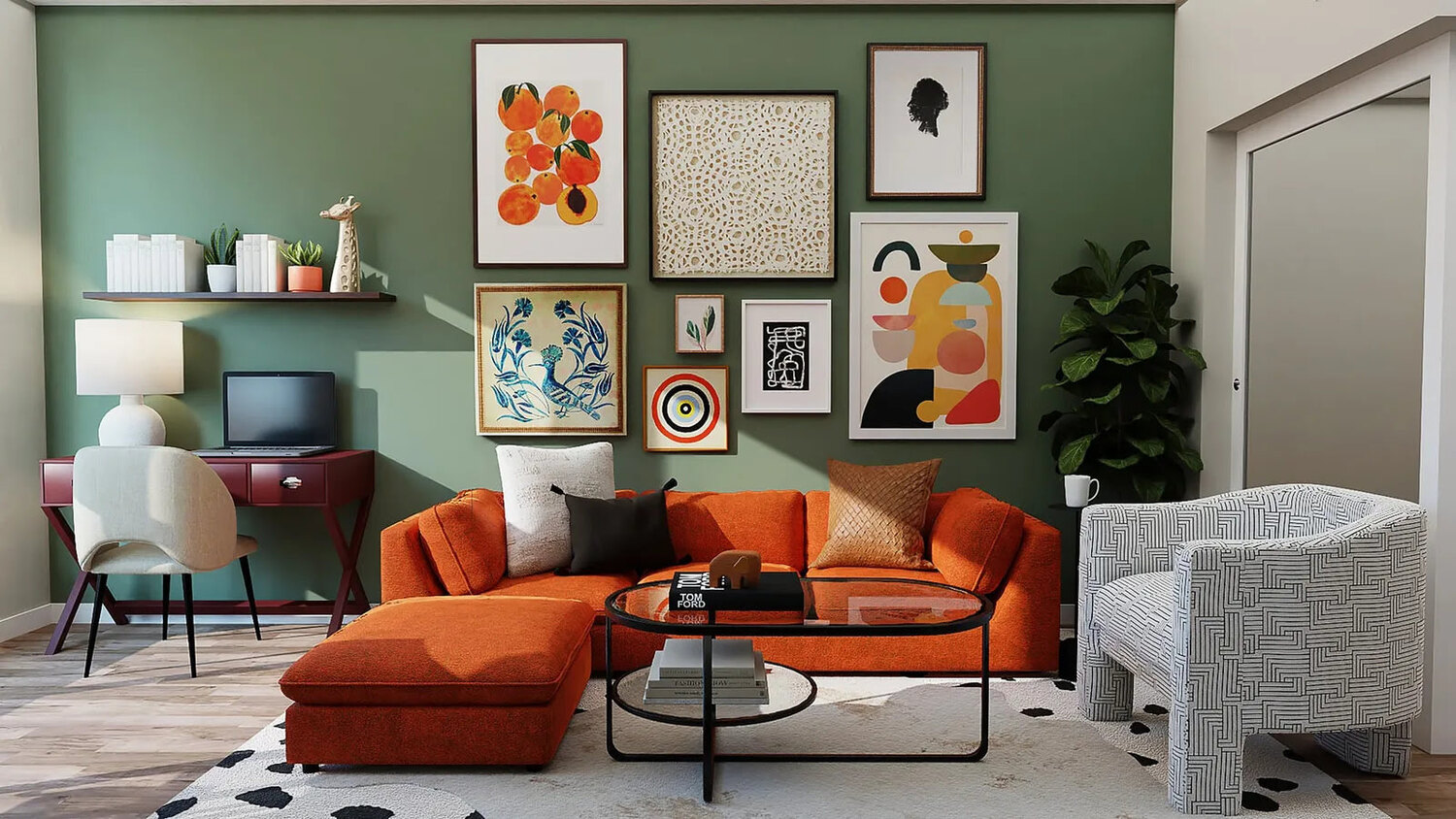
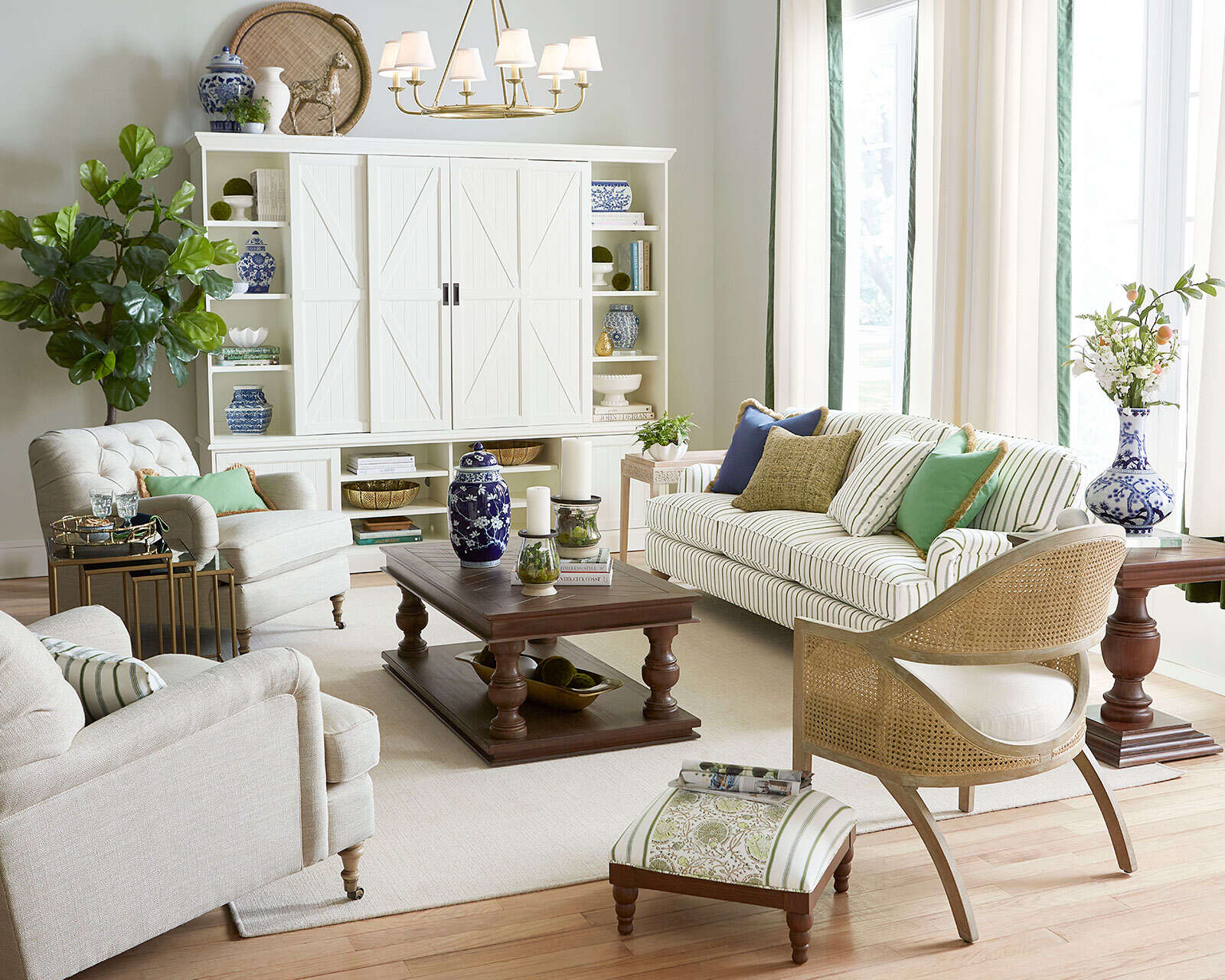
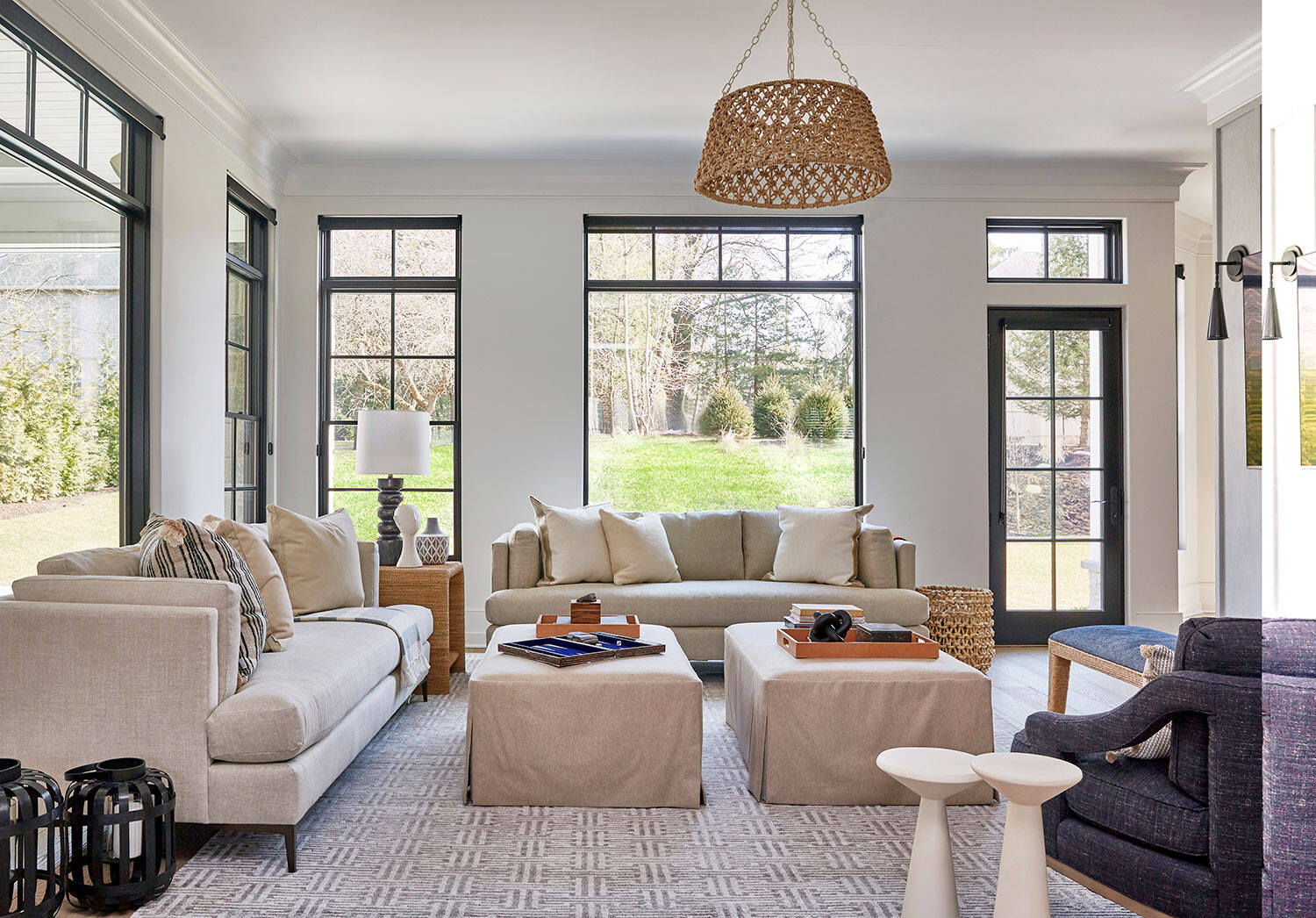

0 thoughts on “These 5 Living Room Colors Will Fall Out Of Fashion In 2024”